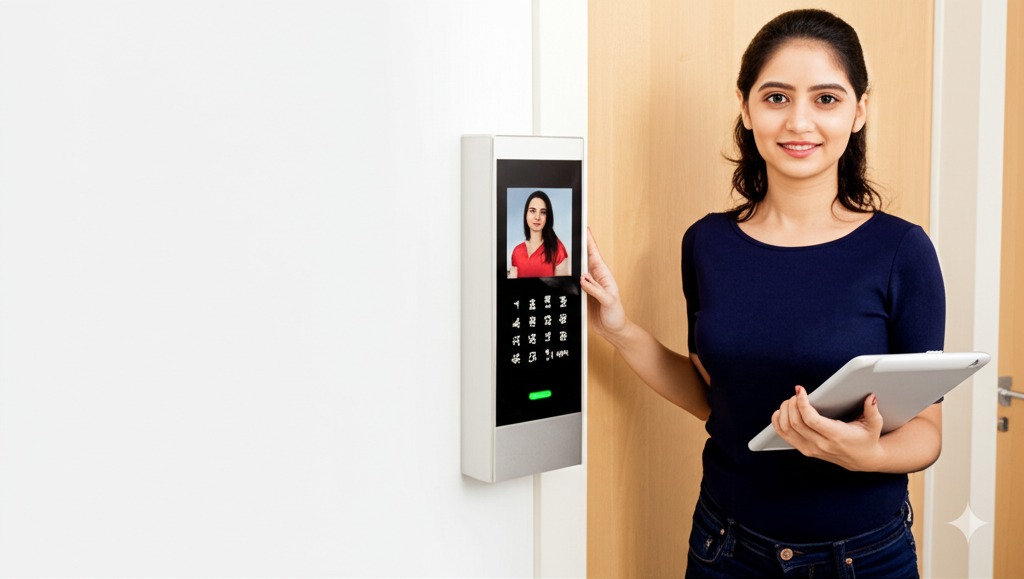Title: The Pitfalls of Opting for Cheap Cameras in Housing Societies: Ensuring Proper Footage in Incidents
Introduction: In an effort to cut costs, many housing societies often make the mistake of purchasing the cheapest available cameras for their security surveillance systems. While this may seem like a cost-effective solution in the short term, it can lead to significant drawbacks when incidents occur. The importance of capturing clear and reliable footage during critical situations cannot be understated. In this post, we delve into why housing societies should avoid compromising on camera quality and instead invest in reliable and capable surveillance systems.
- Image Quality and Resolution: Cheap cameras often sacrifice image quality and resolution to keep costs down. Low-resolution footage may not provide clear details, making it difficult to identify individuals or discern crucial information in the event of an incident. Blurry or pixelated images hinder investigations and reduce the chances of apprehending suspects or resolving disputes effectively. By investing in higher-quality cameras, housing societies can ensure that their surveillance system captures clear and detailed footage for evidentiary purposes.
- Low Light Performance: Incidents can occur at any time, including during low-light conditions. Cheap cameras typically struggle in such situations, resulting in dark or grainy footage that offers little value in identifying individuals or gathering critical information. Investing in cameras with superior low-light performance, such as those equipped with infrared (IR) technology or advanced low-light sensors, ensures that housing societies can capture high-quality footage even in challenging lighting conditions.
- Limited Field of View and Coverage: Cheap cameras often have limited field of view and coverage, resulting in blind spots within the surveillance area. Intruders or incidents that occur outside the camera’s range may go unnoticed, leaving gaps in the overall security coverage. By choosing cameras with wider angles or utilizing additional cameras strategically, housing societies can ensure comprehensive coverage and minimize blind spots, maximizing their ability to capture incidents from various angles.
- Durability and Reliability: Cheap cameras often lack the durability and reliability necessary for long-term performance. They may be more prone to failures, malfunctions, or damage due to environmental factors. Investing in cameras from reputable brands known for their reliability and quality construction ensures that the surveillance system operates consistently, minimizing downtime and maximizing the chances of capturing incidents when they occur.
- Integration and Compatibility: Cheap cameras may not be compatible with advanced surveillance management systems or software, limiting the ability to integrate and manage multiple cameras effectively. This can hinder centralized monitoring, remote access, and quick retrieval of footage, making incident investigations more cumbersome and time-consuming. Opting for cameras that support industry-standard protocols and offer seamless integration with surveillance management systems allows housing societies to streamline their operations and enhance overall security effectiveness.
Conclusion: While the temptation to opt for the cheapest cameras available may seem appealing for housing societies looking to minimize expenses, the drawbacks of compromising on camera quality can have severe consequences in critical situations. By investing in reliable and capable surveillance systems with higher image quality, low-light performance, comprehensive coverage, durability, and compatibility, housing societies can ensure that they capture clear and reliable footage during incidents. The extra investment in quality cameras pays off by providing crucial evidence, aiding investigations, and enhancing overall security levels. Prioritizing camera quality is a wise decision that ultimately contributes to the safety and well-being of the housing society and its residents.




